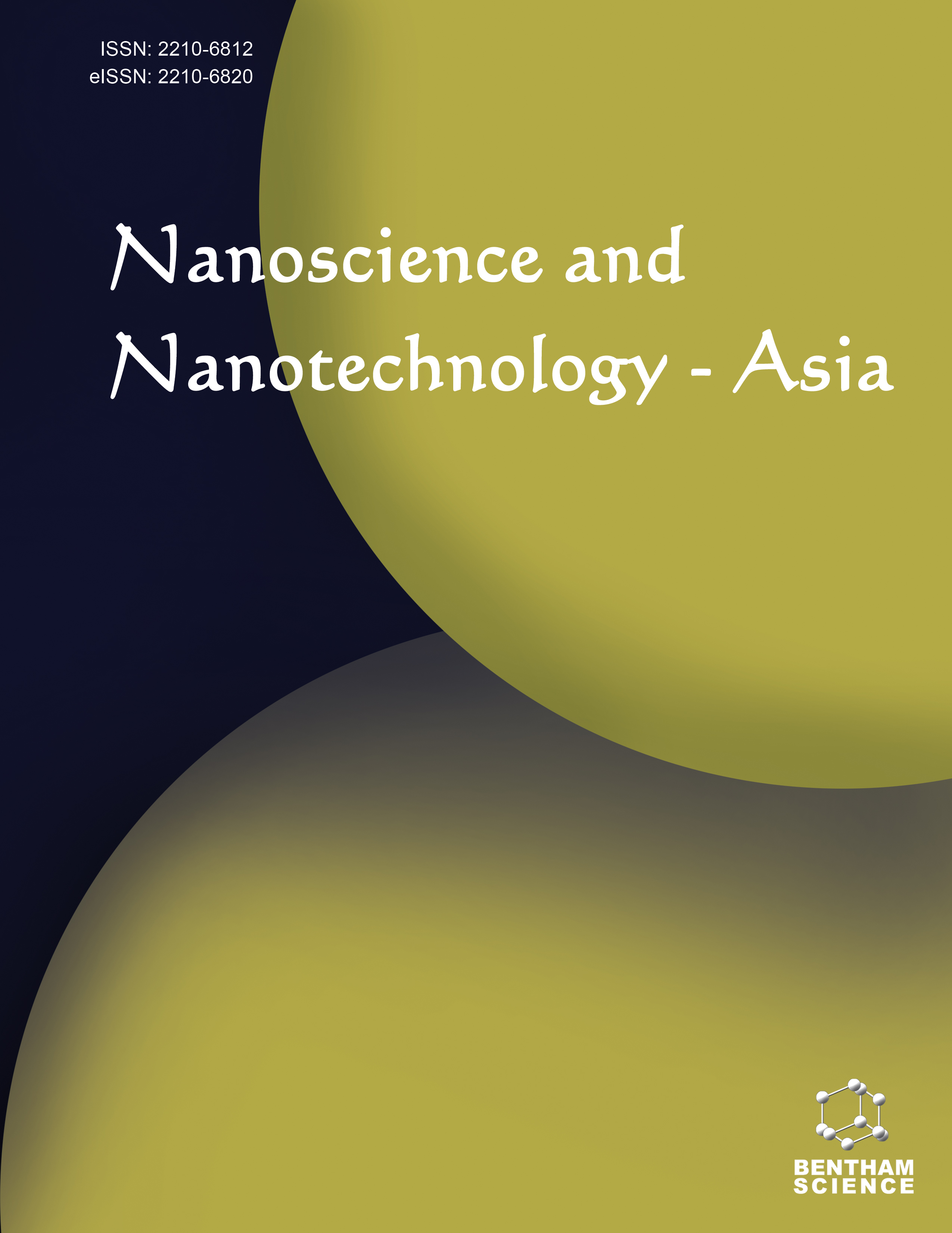
Full text loading...
The human population ranks third in the occurrence of colorectal cancer (CRC). Cancer of the colon typically begins as a normal polyp on the colon or rectum's inner wall but can progress to cancer if left untreated. Early detection of CRC may be crucial in preventative and therapeutic measures to lower the death rate, even if there are few treatment options for CRC. Several molecular markers are present in CRC-affected tissues, which might provide an entirely new perspective from which to approach the development of more effective treatments. Nanotechnology encompasses a vast range of novel and remarkable nanoparticles that have tremendous potential for use in medical diagnosis and treatment. Dendrimers, silica nanoparticles, carbon nanotubes, liposomes, and gold nanoparticles are only a few examples of the nanomaterials and nanoformulations that have the potential to be utilised for diagnostic and targeted anticancer drug delivery in colorectal cancer. The bioavailability, biocompatibility, and minimal toxicity of selenium nanoparticles (SeNPs) have recently attracted the curiosity of numerous researchers. Because of their increased bioactivity, selenium nanoparticles are finding widespread use in a wide range of biomedical fields. Biological, chemical, and physical processes are all capable of producing selenium nanoparticles. But SeNPs made sustainably are better to human tissues and organs. This review paper covers a lot of ground when it comes to colorectal cancer, covering the many stages of the disease, new diagnostic tools, and treatment methods that make use of nano-formulations. The biomedical uses and synthesis of SeNPs are covered in this review.

Article metrics loading...

Full text loading...
References


Data & Media loading...

